25 Simple Ways To Make Cheap Ingredients Taste AMAZING
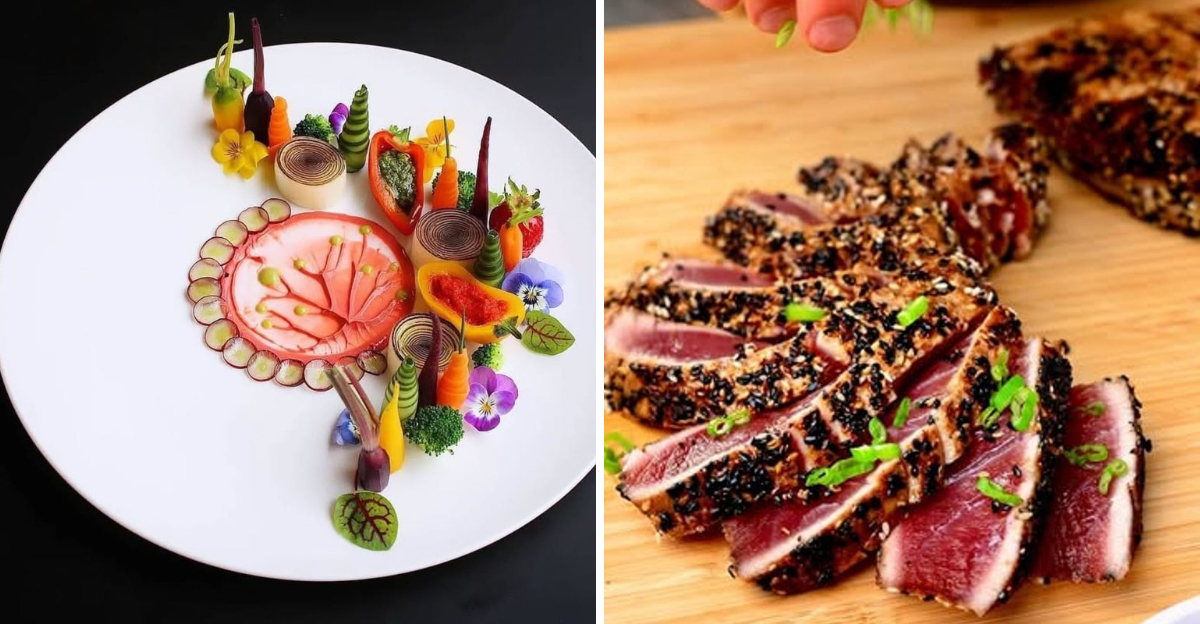
Transforming inexpensive ingredients into culinary delights is not only rewarding but also a fun way to unleash creativity in the kitchen. With a little ingenuity and the right techniques, you can elevate simple, budget-friendly ingredients to new heights of flavor and satisfaction. From enhancing the taste of everyday vegetables to making the most of pantry staples, these methods will help you create delicious meals without breaking the bank.
1. Roasting Vegetables
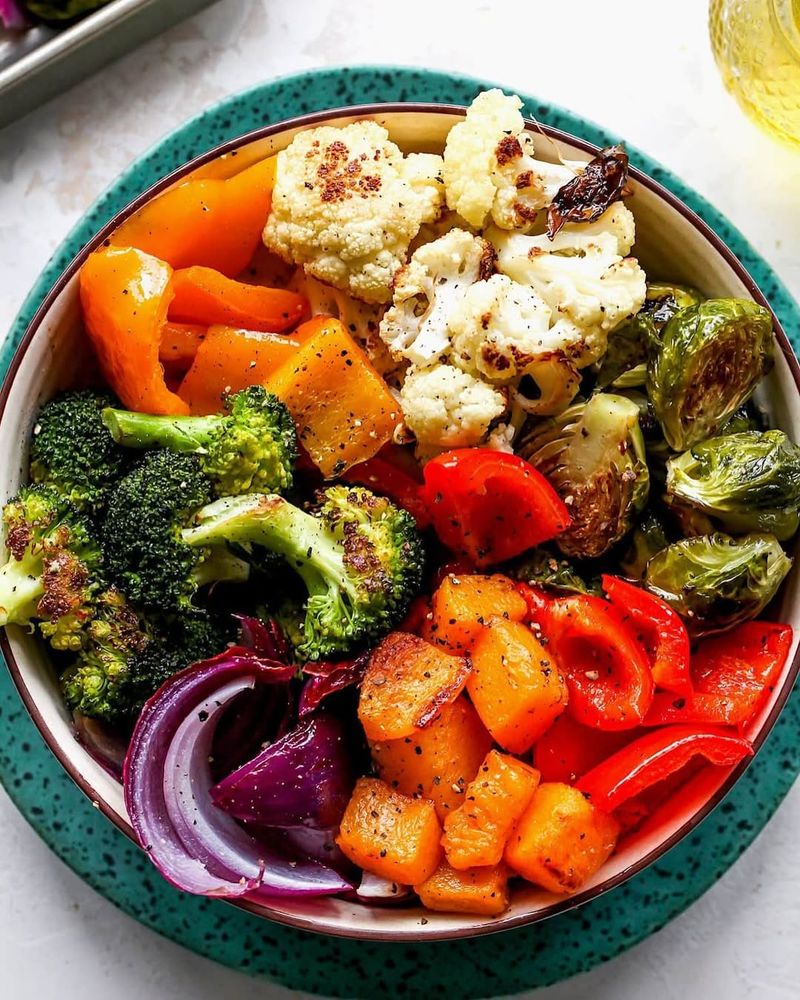
Roasting vegetables brings out their natural sweetness and adds a delightful depth of flavor. Simply toss your favorite vegetables like carrots, broccoli, or bell peppers in olive oil, sprinkle with salt and pepper, and roast in a hot oven until golden and slightly charred. This technique caramelizes the sugars in the vegetables, enhancing their taste and making them irresistible. Add some garlic or fresh herbs like rosemary for an extra layer of flavor. By experimenting with different vegetables and seasonings, you can create a variety of delicious and affordable side dishes that complement any meal.
2. Herb Infusion

Infusing inexpensive oils with fresh herbs is a simple way to add gourmet flair to your dishes. Take a small jar of olive oil and add sprigs of rosemary, thyme, or basil. Allow the flavors to meld over a few days. The resulting herb-infused oil can be drizzled over salads, pasta, or even used for dipping bread, adding a burst of flavor to any meal. This process not only elevates the taste of your dishes but also makes them feel more luxurious. You can experiment with different herbs and spices to create unique flavor profiles that suit your palate.
3. Spice Blends

Creating your own spice blends is an economical way to enhance the flavor of simple ingredients. Combine common spices like paprika, cumin, and coriander to make a versatile mix. Use this blend to season meats, vegetables, or grains. The right combination of spices can transform a plain dish into something extraordinary. Don’t be afraid to experiment with different spices and find your signature mix that brings your dishes to life. Homemade spice blends are not only cheaper than store-bought options but also fresher and more aromatic, ensuring your meals burst with flavor.
4. Pickling
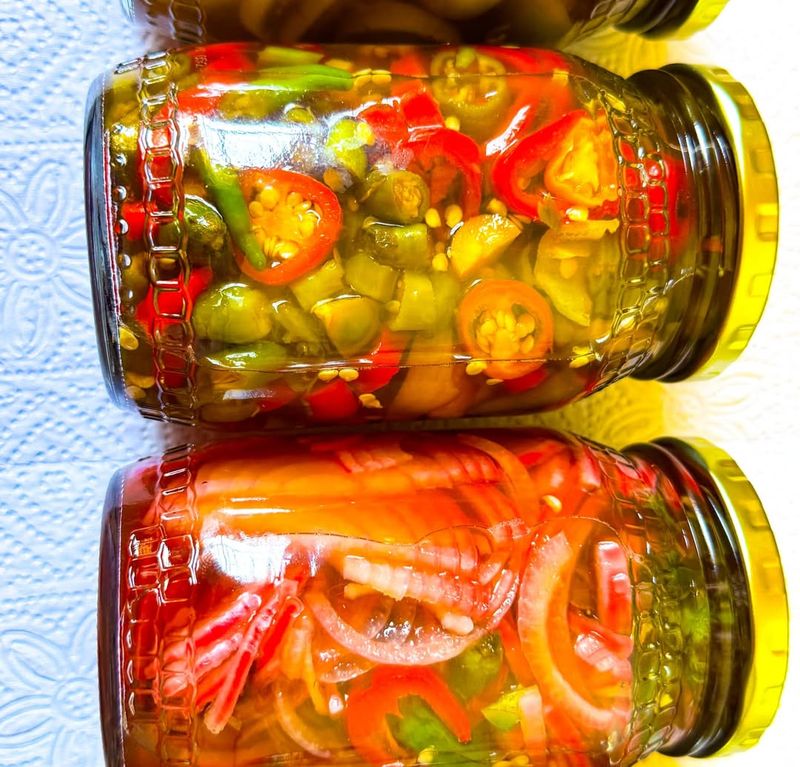
Pickling is a fantastic way to add tang and crunch to cheap vegetables while also preserving them. To pickle, submerge cucumbers, carrots, or radishes in a vinegar brine spiced with herbs and garlic. After a few days, you’ll have delicious pickled veggies that can elevate sandwiches, salads, or serve as a flavorful snack. This method not only enhances the taste but also adds a vibrant color and texture to your meals. It’s an ideal way to make the most of seasonal vegetables, ensuring that their flavors are captured and enjoyed over a longer period.
5. Citrus Zest

Using the zest of citrus fruits like lemons or oranges can dramatically enhance the flavor of your dishes. The zest contains essential oils that are aromatic and full of flavor. Add it to baked goods, marinades, or even sprinkle over roasted vegetables to give them a fresh and vibrant taste. Citrus zest is a cost-effective way to uplift your meals without adding extra calories or fat. It pairs well with both sweet and savory dishes and is a quick way to make everyday meals feel special and sophisticated.
6. Caramelized Onions
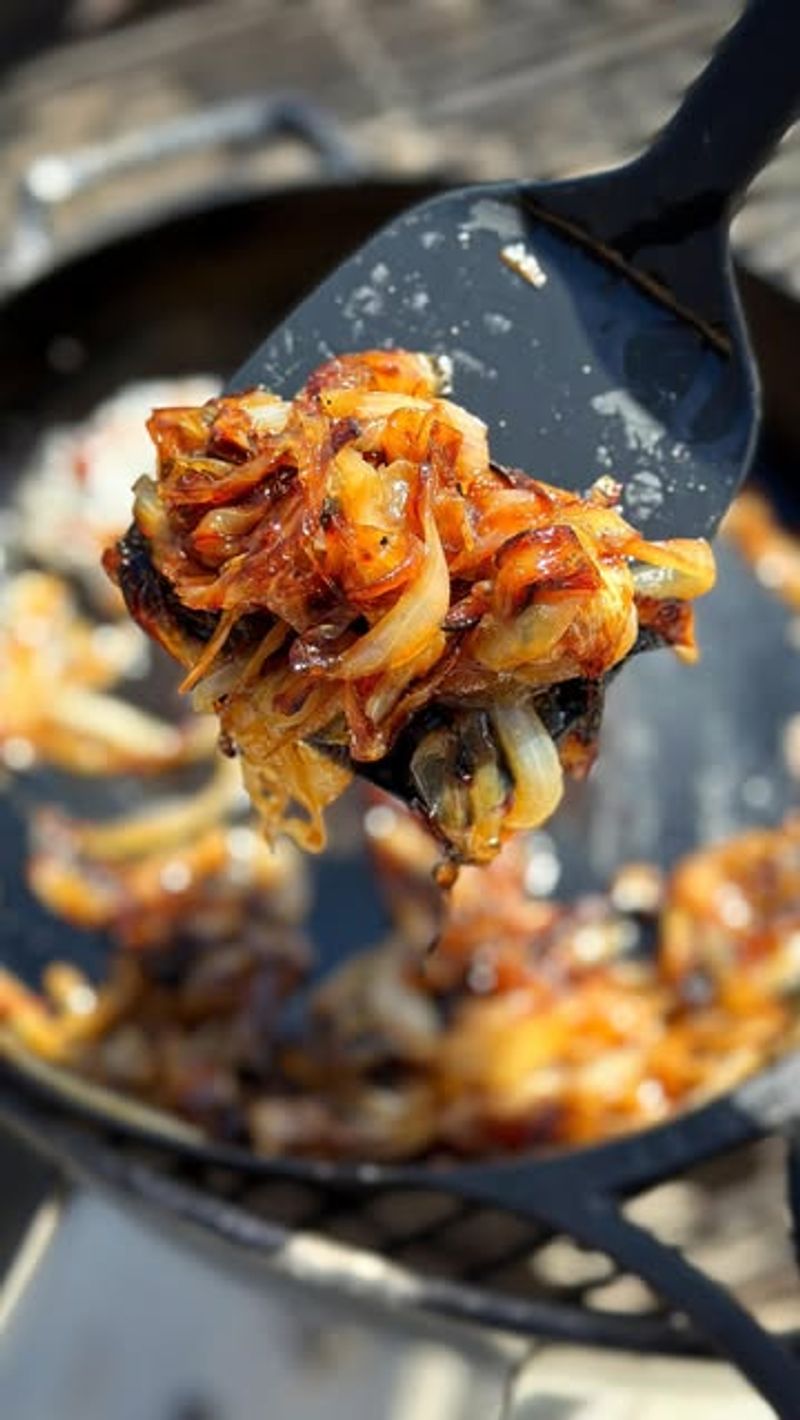
Caramelizing onions is a simple technique that adds a rich, sweet flavor to any dish. Slowly cook sliced onions in a little butter or oil over low heat until they turn golden brown. This process breaks down the sugars in the onions, creating a deep, savory sweetness. Use caramelized onions to enhance sandwiches, burgers, or pasta dishes. They can also serve as a flavorful topping for pizzas or flatbreads. Despite their humble beginnings, caramelized onions can add a touch of elegance and a complex flavor profile to any meal.
7. Homemade Stock
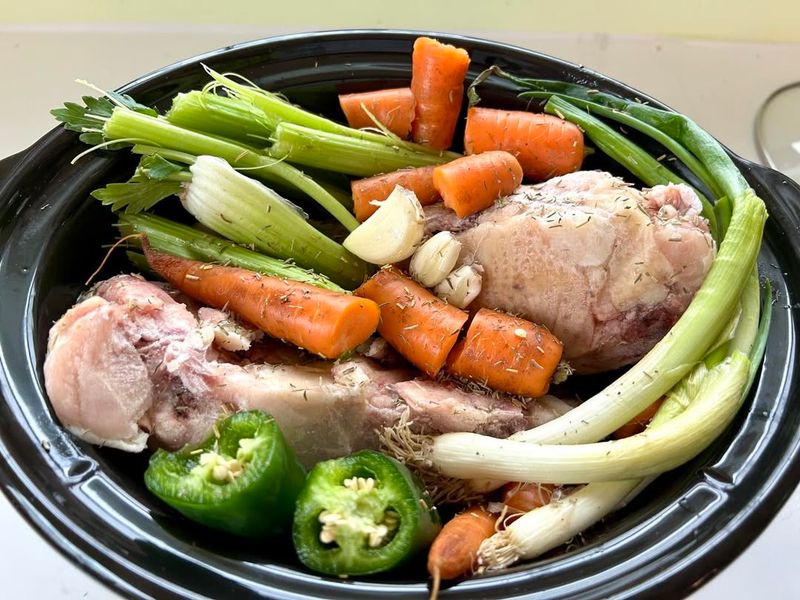
Making homemade stock from leftover bones and vegetable scraps is an excellent way to extract flavor and nutrition without extra cost. Simmer bones from chicken or beef with onion, carrot, celery, and herbs for several hours. Strain the liquid and use it as a base for soups, stews, or risottos. This homemade stock adds a rich, savory depth to your dishes that store-bought versions often lack. It’s also a perfect way to reduce waste in your kitchen, making every ingredient count. With a little time and patience, homemade stock can transform your cooking.
8. Fresh Herbs
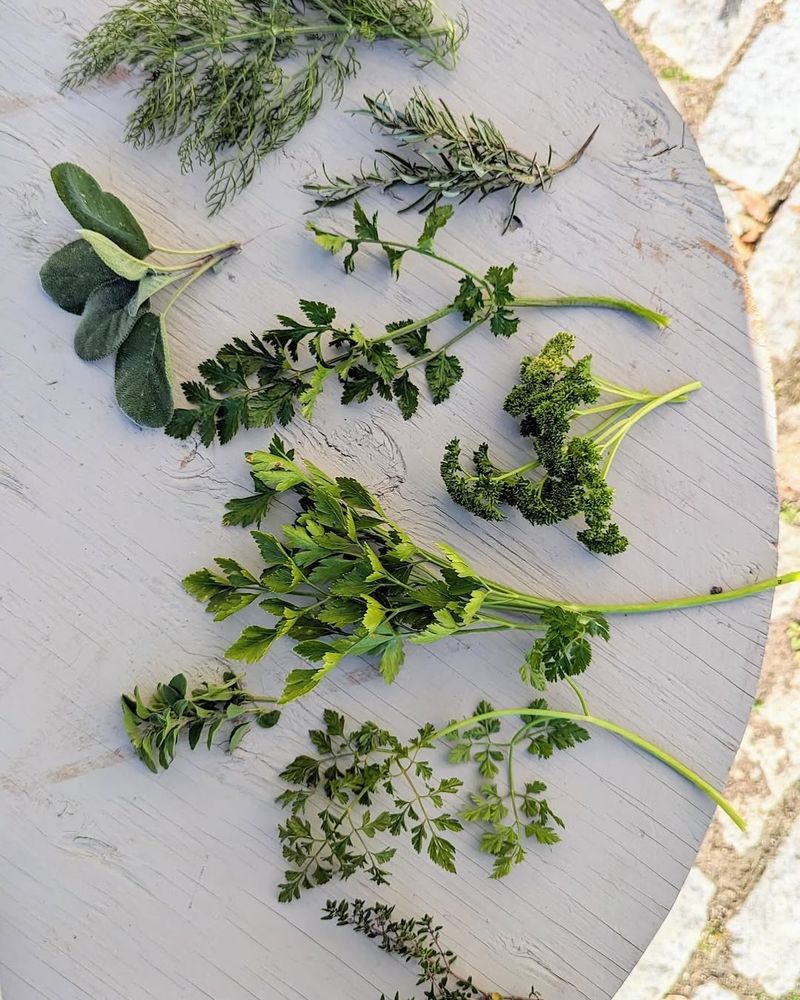
Adding fresh herbs is a simple yet effective way to elevate the taste of your dishes. Herbs like parsley, cilantro, or mint can bring a burst of freshness and color to any meal. Chop them finely and sprinkle over salads, soups, or grilled dishes. Fresh herbs are often more cost-effective than dried ones and provide a more vibrant flavor. Growing your own herbs at home can make this tip even more economical, ensuring you always have a supply of fresh flavor enhancers at hand. Fresh herbs turn ordinary dishes into something special.
9. Acidic Elements
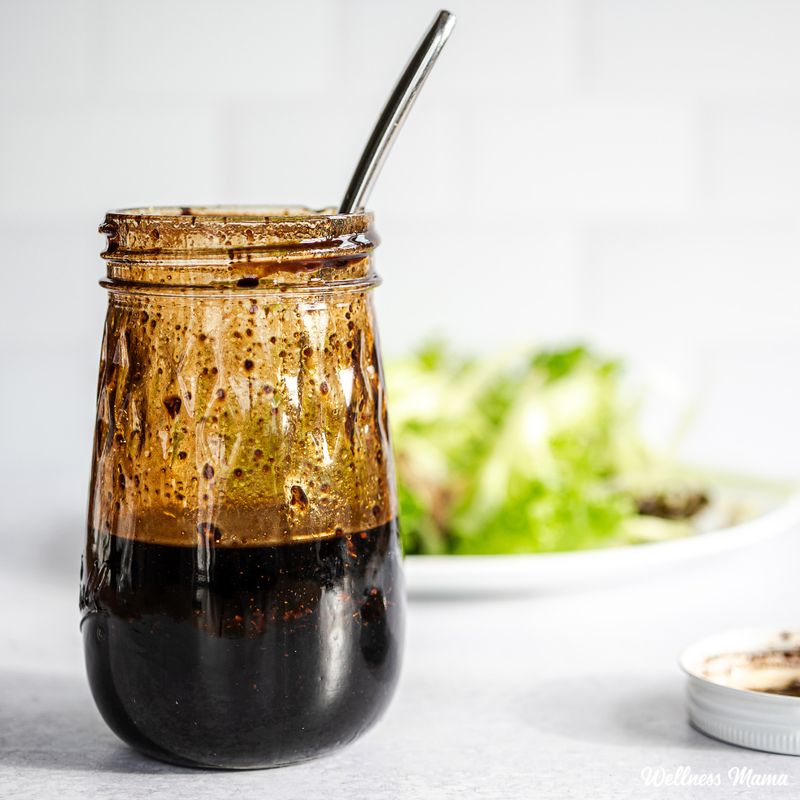
Incorporating acidic elements like vinegar or citrus juice can make cheap ingredients taste more vibrant and balanced. A splash of balsamic vinegar or a squeeze of lemon can brighten the flavors of roasted vegetables, grilled meats, or even simple salads. Acid helps to cut through richness and bring out the natural flavors in your dishes, making them more interesting and enjoyable. This technique is easy to apply and can dramatically change the flavor profile of your meals, ensuring that even the most basic ingredients shine.
10. Cheese Topping
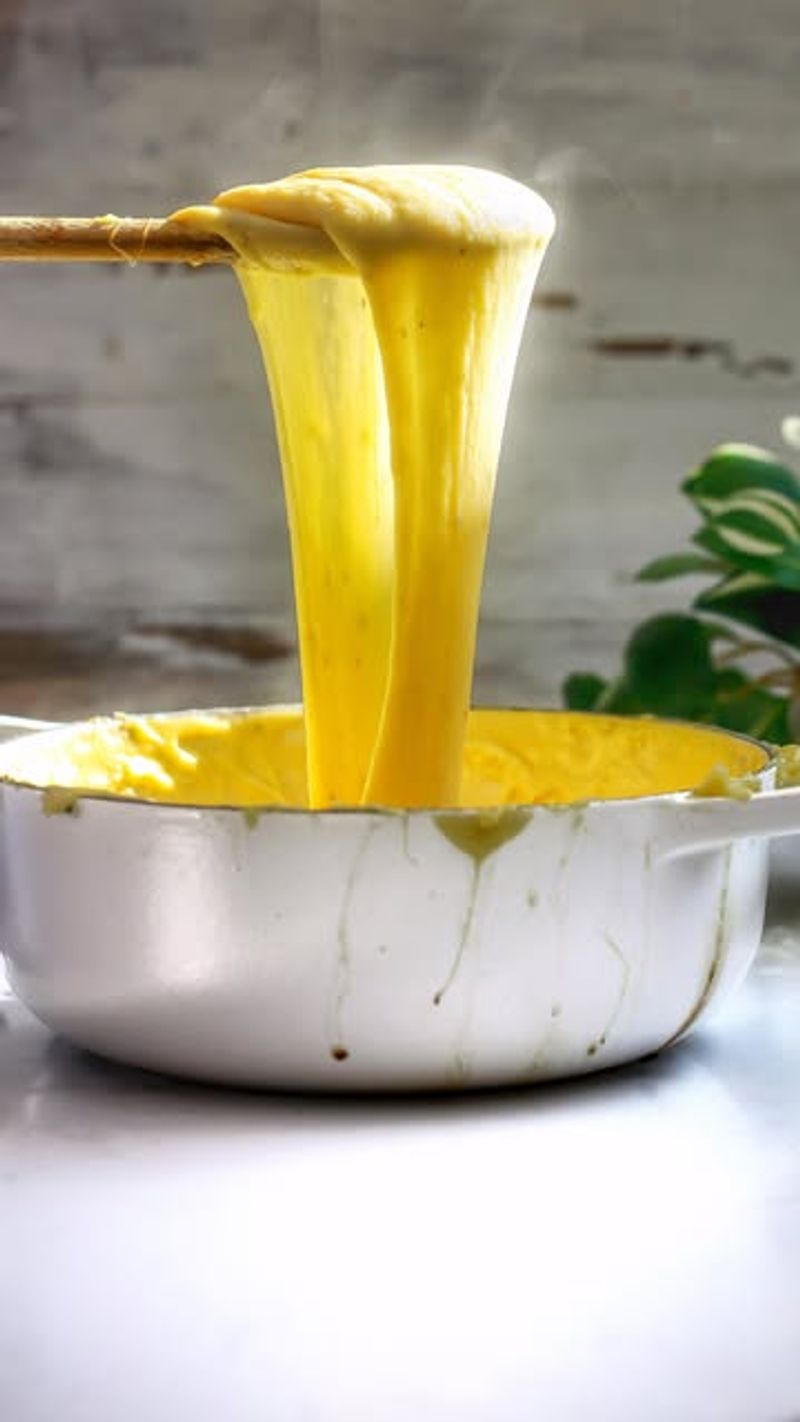
A small amount of cheese can go a long way in enhancing the flavor of a dish. Grating fresh parmesan over pasta, sprinkling feta on salads, or melting cheddar into a soup can add richness and depth. Cheese is a versatile ingredient that adds a creamy, salty element, making dishes more satisfying. While cheese can be expensive, using it sparingly as a finishing touch can elevate your meals without breaking the bank. This simple addition can transform an everyday dish into something that feels indulgent and special.
11. Toasting Grains

Toasting grains like quinoa, rice, or oats before cooking can significantly enhance their flavor. This simple step brings out the nuttiness and provides a deeper, more complex taste. Add the grains to a dry pan and toast over medium heat until they begin to turn golden and release a fragrant aroma. Then, cook them as you normally would. This technique adds an extra layer of flavor to your dishes, making them more enjoyable and satisfying. Toasted grains can be used as a base for salads, pilafs, or breakfast bowls, adding interest to your meals.
12. Aromatics
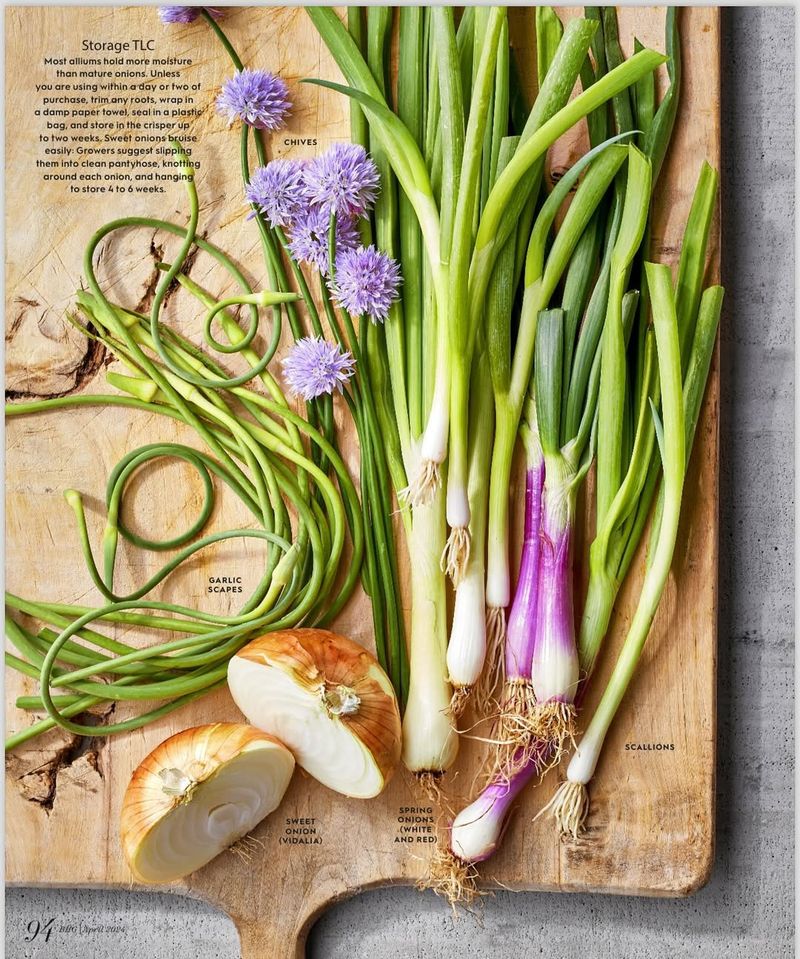
Using aromatics such as garlic, onions, and ginger can dramatically uplift the flavors of inexpensive ingredients. Saute these in a bit of oil to release their fragrant oils and create a flavorful base for any dish. This simple technique infuses your meals with a depth of flavor that’s hard to achieve with other ingredients. Aromatics are versatile and can be used in a variety of cuisines, from Asian stir-fries to Italian pasta sauces, ensuring your dishes are always aromatic and delicious. They are an essential component in creating memorable meals.
13. Yogurt Marinade
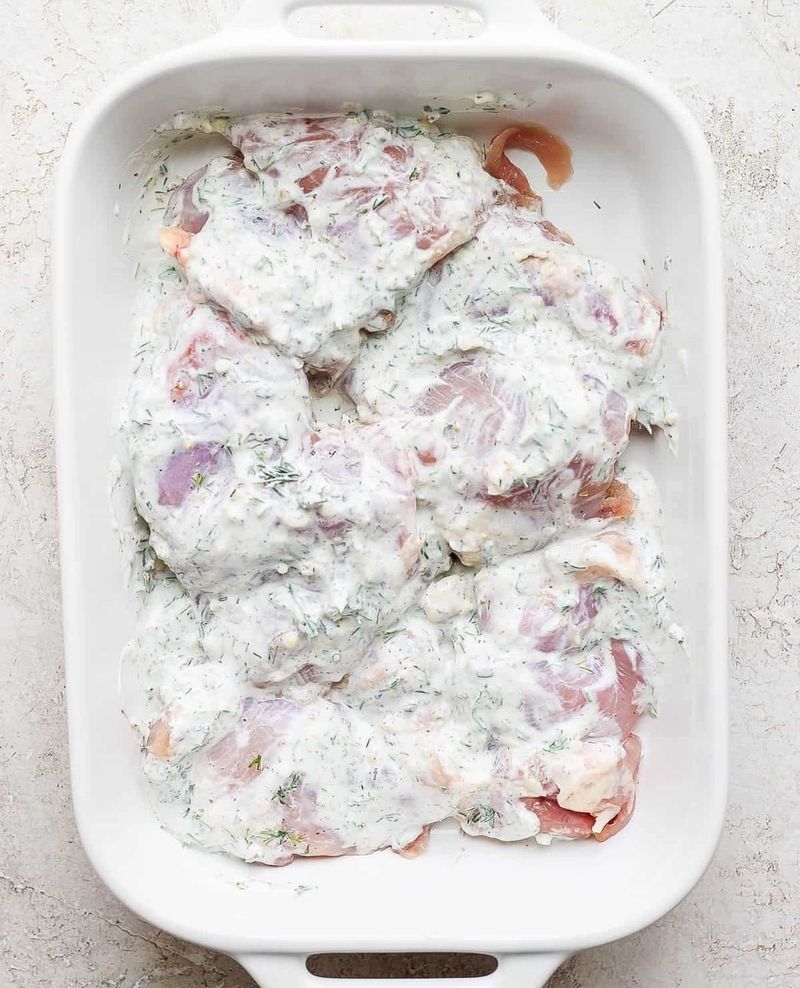
Using yogurt as a marinade is a great way to tenderize and flavor meats. The natural acidity of yogurt helps to break down protein fibers, making meat more tender and juicy. Add spices like turmeric and cumin to the yogurt for an extra flavor boost. Marinate chicken or lamb for several hours before cooking to create a dish that’s rich in flavor and succulent. This method not only enhances the taste of your meals but also keeps them moist and tender, making it a favorite for grilling or roasting.
14. Salt Enhancement
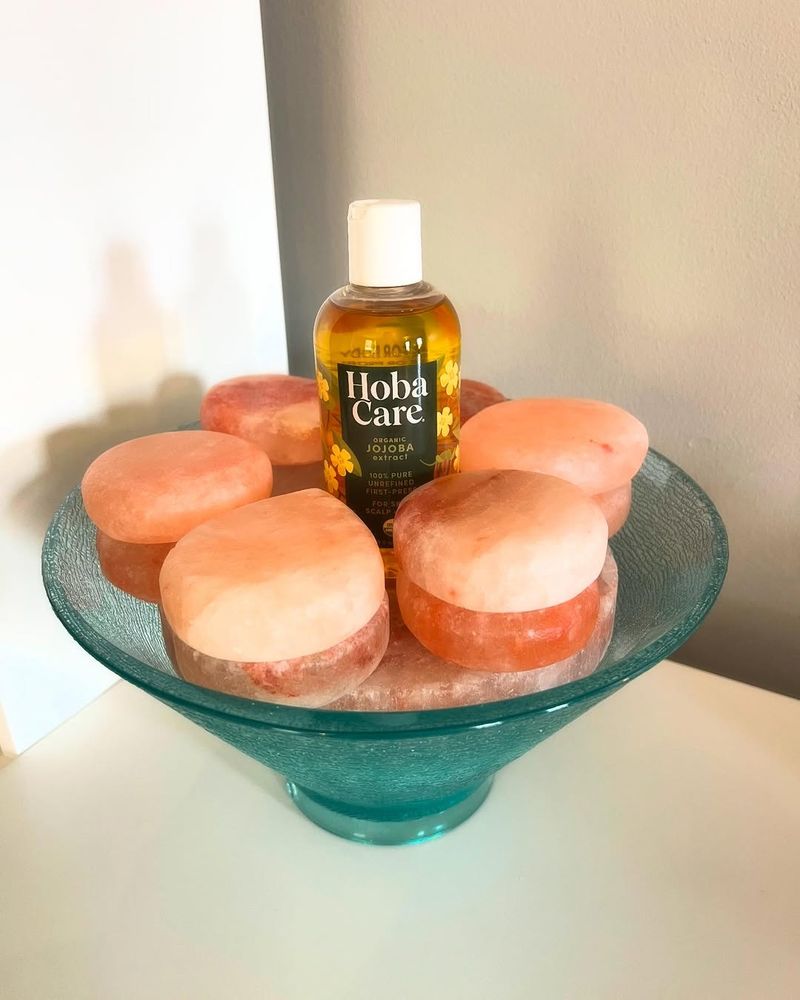
Using the right type of salt can make a huge difference in enhancing flavors. A sprinkle of flaky sea salt can add texture and improve the taste of any dish. Experiment with different salts like Himalayan pink salt or smoked salt to add unique flavor profiles. Salt enhances the natural flavors of ingredients and can transform bland dishes into something spectacular. However, it’s important to use salt judiciously to avoid overpowering the dish. The right balance of seasoning can turn a simple meal into a culinary delight.
15. Coconut Milk

Coconut milk is an affordable ingredient that adds a creamy richness to soups, curries, and desserts. Its smooth texture and subtle sweetness can transform a dish into something exotic and flavorful. Use it to replace dairy in recipes for a unique twist. Coconut milk pairs well with spices like curry powder, enhancing the depth of flavor in your meals. It’s also a great option for vegan and lactose-intolerant diets, providing a delicious alternative that doesn’t compromise on taste or texture. Its versatility makes it a pantry staple.
16. Breadcrumb Coating
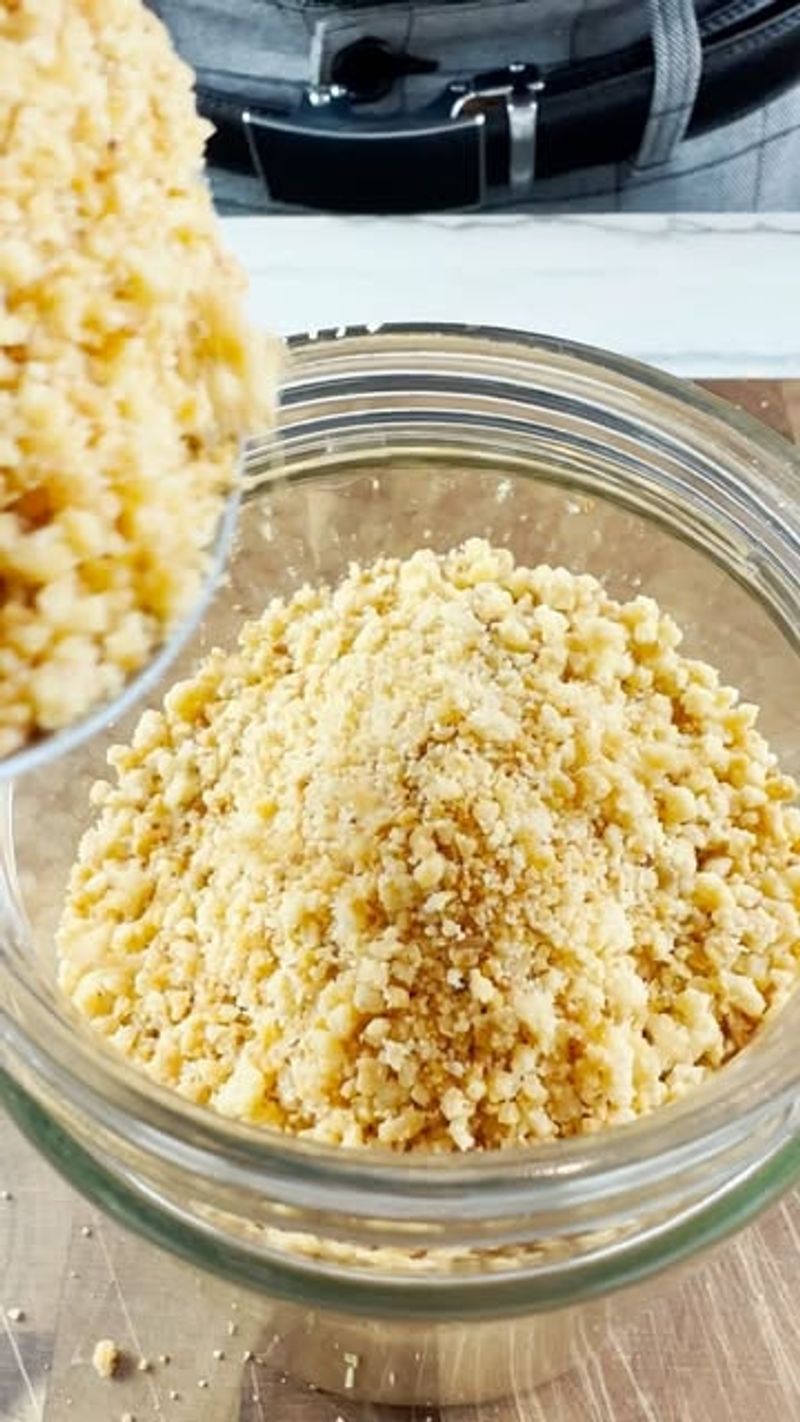
Using breadcrumbs as a coating can add a delightful crunch and richness to inexpensive ingredients. Coat chicken, fish, or vegetables in breadcrumbs before frying or baking for a crispy texture. You can season the breadcrumbs with herbs and spices for added flavor. This technique is a cost-effective way to make your dishes more exciting and palatable. The golden, crunchy coating contrasts beautifully with the softness of the food inside, creating a satisfying eating experience. Homemade breadcrumbs can also be made from leftover bread, making this an economical choice.
17. Butter Basting

Basting with butter is a classic technique that adds richness and flavor to meats and vegetables. Melt butter in a pan and add herbs like thyme or rosemary. Baste the food continuously as it cooks, allowing the butter to infuse the ingredients with its creamy, savory taste. This method enhances the overall flavor profile, making the dish feel more luxurious. Whether you’re cooking a steak or roasting vegetables, butter basting can transform the dish, adding depth and complexity to the simplest of ingredients. It’s an indulgent yet effective way to elevate your cooking.
18. Chili Oil Drizzle
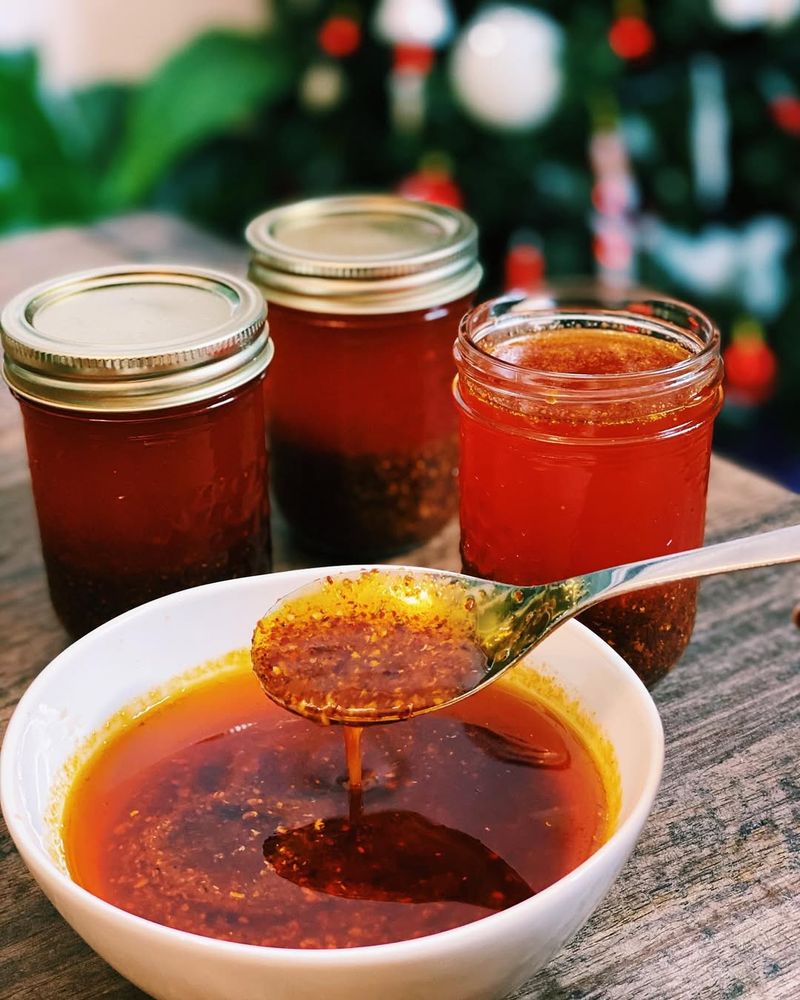
Drizzling a bit of chili oil over your dish can add a spicy kick that transforms the flavor. This oil, infused with chili peppers and sometimes garlic, brings heat and depth to any meal. Use it to finish off soups, stir-fries, or even pizzas to add a spicy accent. Making your own chili oil can be a fun and cost-effective way to ensure it suits your taste preferences. This simple addition can elevate the most basic of ingredients, adding a bold, exciting element to your dishes without overwhelming them with heat.
19. Fruit Reduction
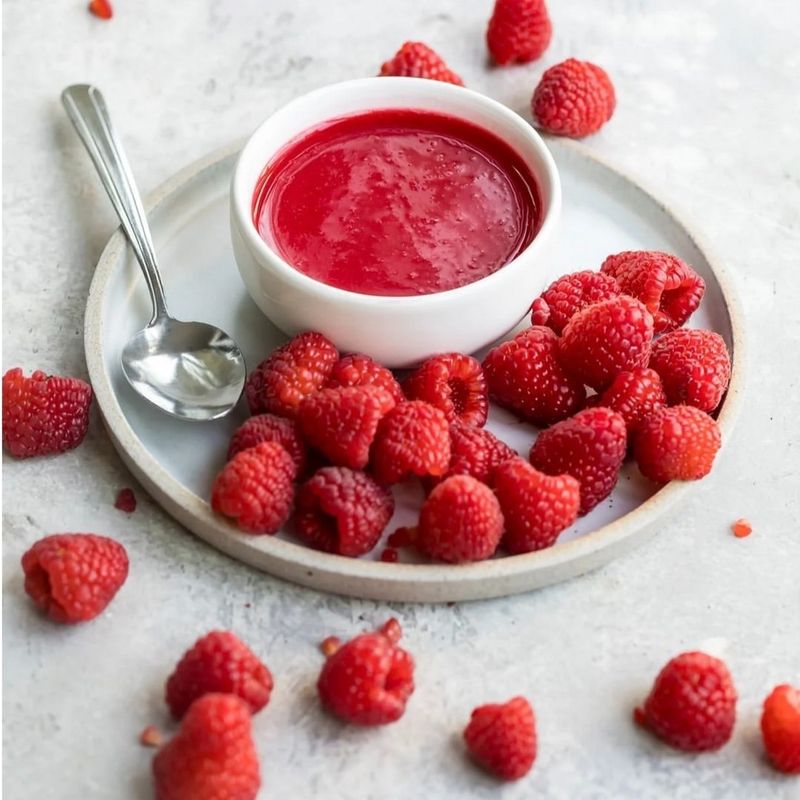
Creating a fruit reduction is a delightful way to enhance desserts or savory dishes. Simmer fruits like berries or apples with a bit of sugar and lemon juice until they thicken into a rich sauce. This reduction can be drizzled over pancakes, ice cream, or roasted meats, adding a sweet, tangy flavor. The concentrated fruitiness of the sauce complements a variety of dishes, making them feel more special. It’s an economical way to use up ripe or slightly bruised fruit, ensuring that nothing goes to waste while adding a gourmet touch to your meals.
20. Umami Boost
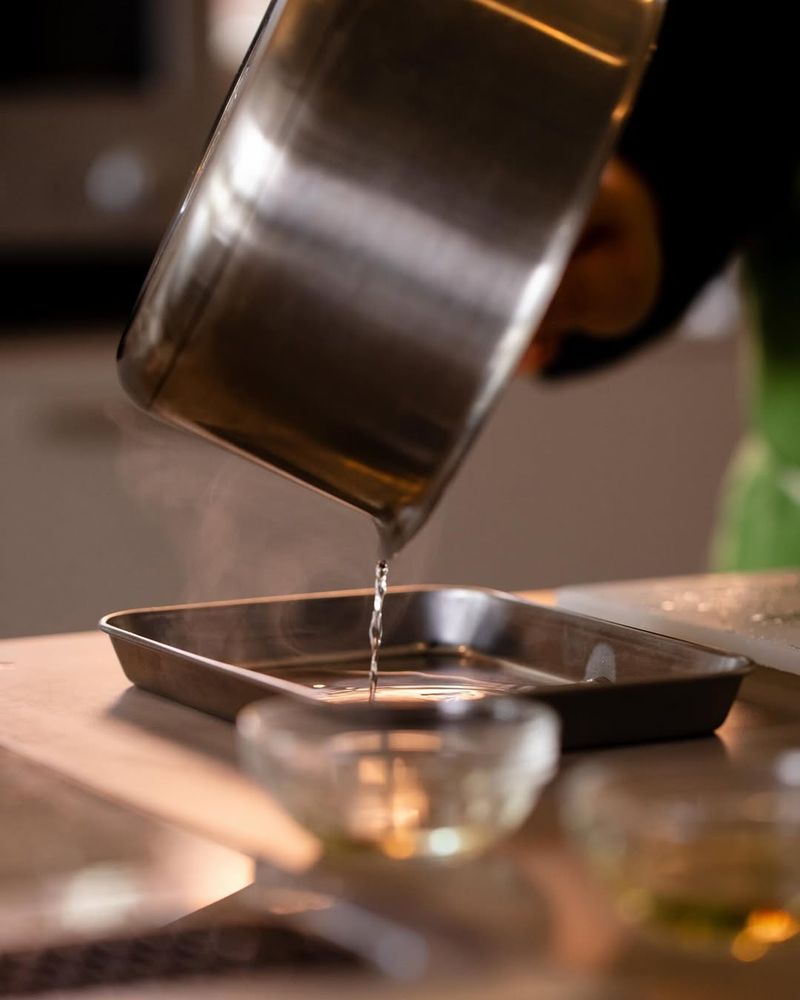
Enhancing umami flavors in your dishes can make inexpensive ingredients taste more satisfying. Ingredients like soy sauce, mushrooms, and tomatoes are rich in umami and can be used to deepen the flavor profile. Add a splash of soy sauce to stir-fries or soups, or incorporate mushrooms into sauces and stews. These ingredients provide a savory depth that enhances the overall taste of your meals. By leveraging the power of umami, you can make simple, cost-effective dishes taste more complex and fulfilling, turning ordinary ingredients into flavorful delights.
21. Slow Cooking
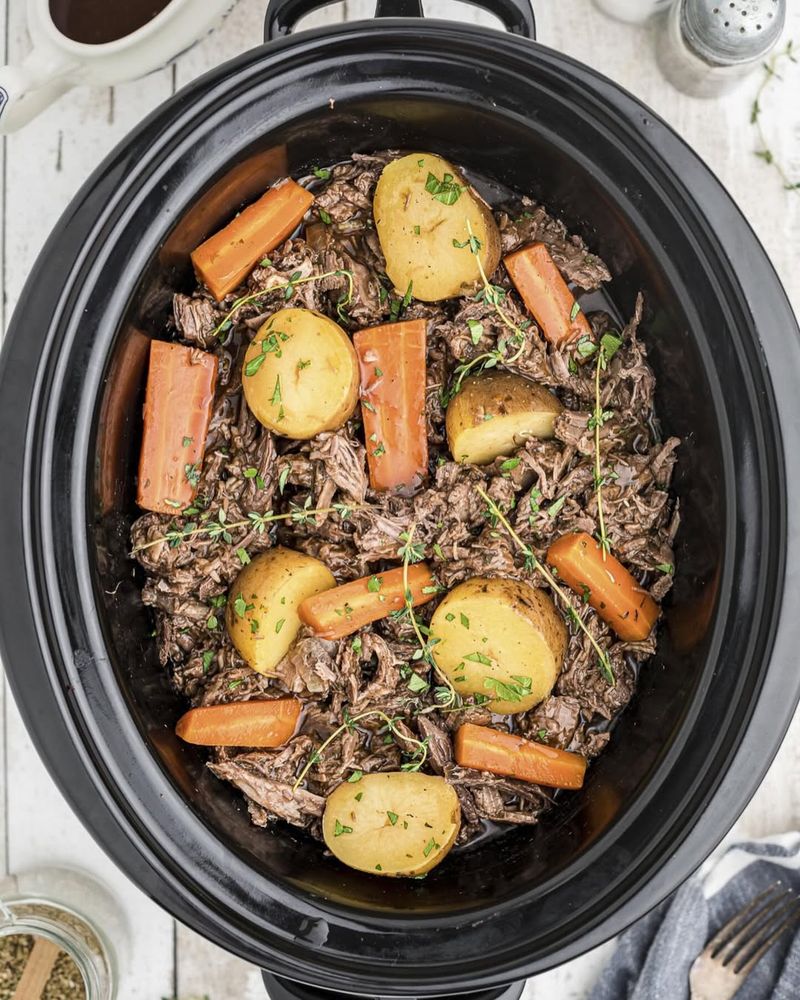
Slow cooking is an excellent method for making cheap cuts of meat tender and flavorful. By cooking food at a low temperature over an extended period, the collagen in meat breaks down, resulting in a melt-in-your-mouth texture. This method is perfect for stews, soups, and braised dishes. Slow cooking also allows flavors to meld together, enhancing the overall taste of your meals. It’s a convenient way to prepare meals that are both delicious and economical, as it requires minimal supervision and turns inexpensive ingredients into rich, hearty dishes.
22. Garnishing
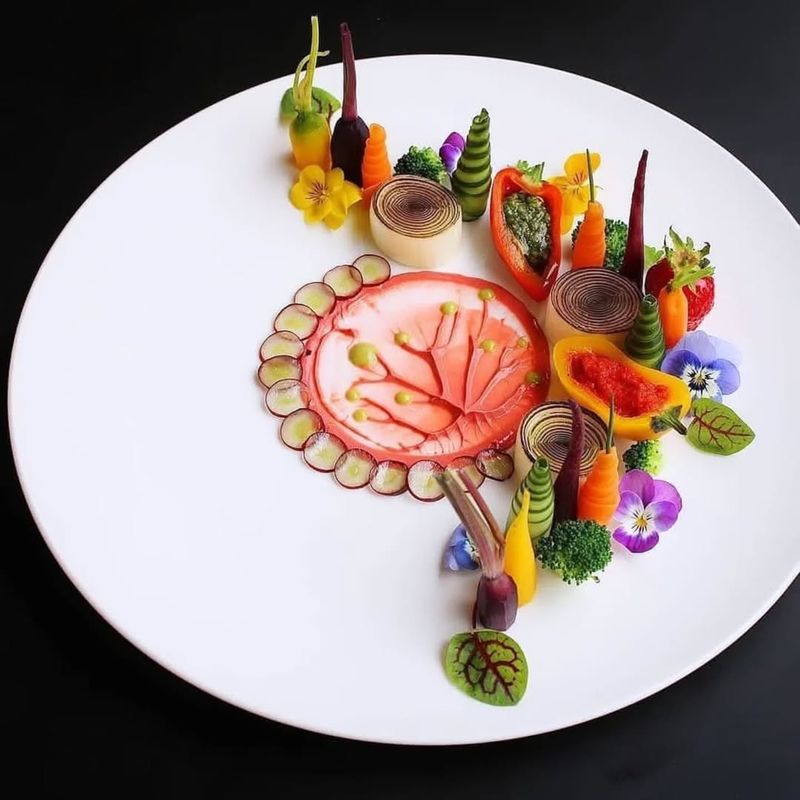
Garnishing dishes adds a finishing touch that enhances both flavor and presentation. A sprinkle of toasted seeds, nuts, or fresh herbs can bring out the best in your meals. Not only do they provide a burst of flavor, but they also add visual appeal, making the dishes look more appetizing. This simple technique can transform everyday meals into something that feels gourmet. Experimenting with different garnishes allows you to customize flavors and textures, turning basic ingredients into a culinary experience that delights both the eyes and the palate.
23. Braising
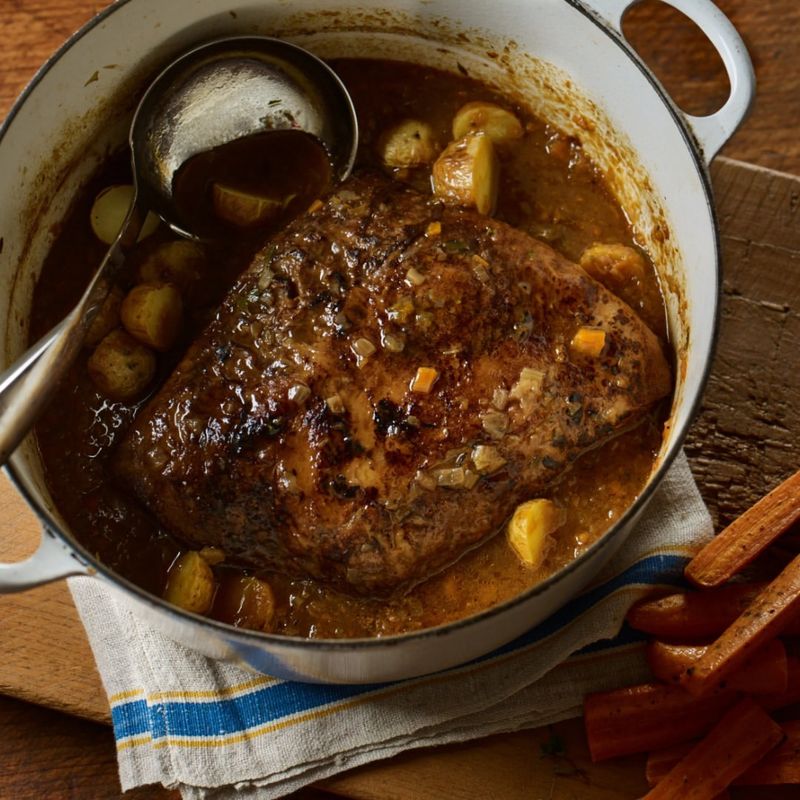
Braising is a cooking method that uses both wet and dry heats to transform tough cuts of meat into tender, flavorful dishes. By searing the meat and then slowly cooking it in a flavorful liquid, you achieve a depth of flavor that’s hard to replicate. This technique is ideal for cheaper cuts of meat as it breaks down connective tissues, making them juicy and tender. Braised dishes are comforting and hearty, perfect for family meals. The flavorful broth created in the process can be served as a sauce, adding richness to the dish.
24. Bread Making
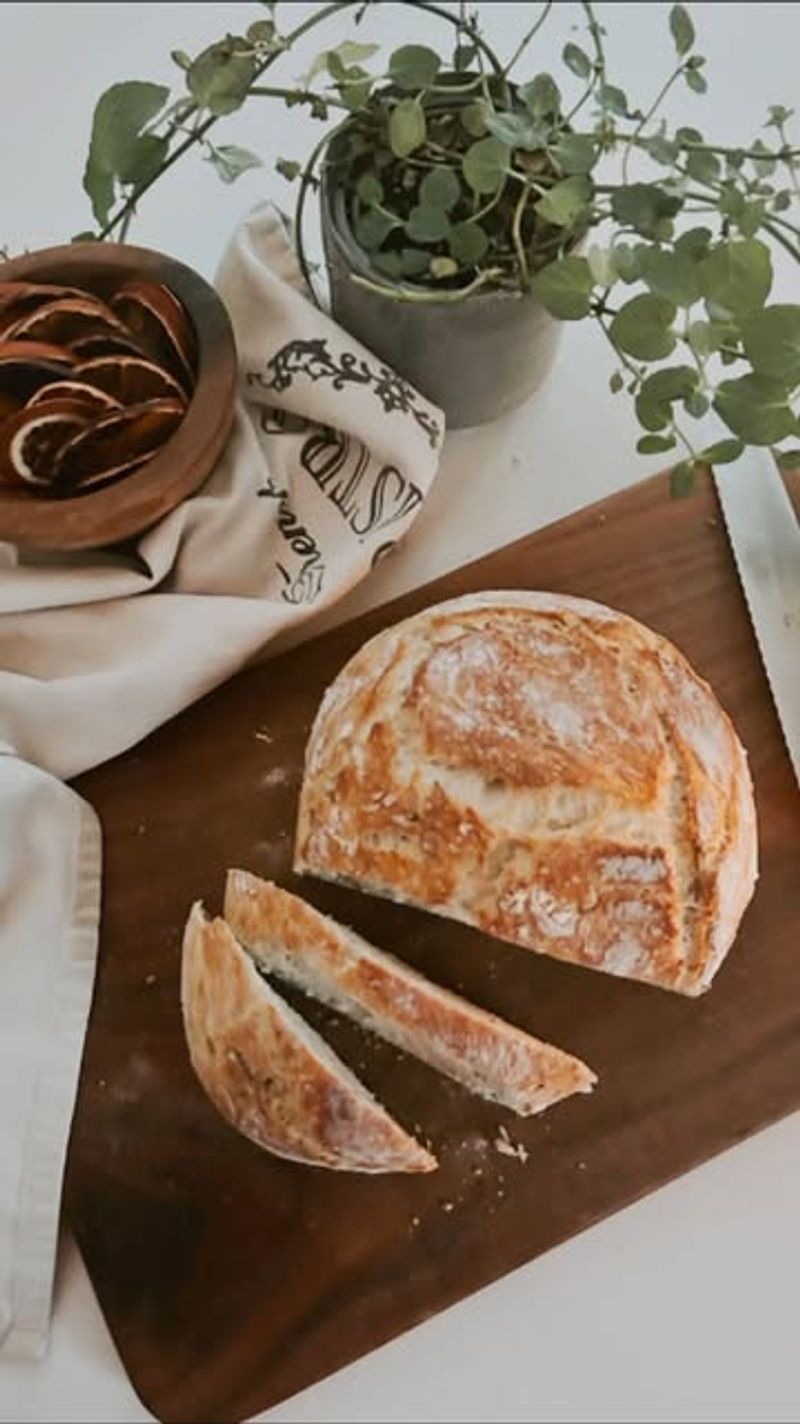
Making your own bread can be a rewarding and economical way to enjoy delicious, fresh loaves. With just flour, water, yeast, and salt, you can create bread that is far superior to store-bought versions. The process of kneading and baking develops flavors and textures that are unmatched. Home-baked bread can be customized with seeds, nuts, or herbs, adding unique flavors. Plus, the aroma of freshly baked bread is an added delight in any home. It’s a simple yet satisfying way to elevate your meals and make the most of basic ingredients.
25. Pan Seared
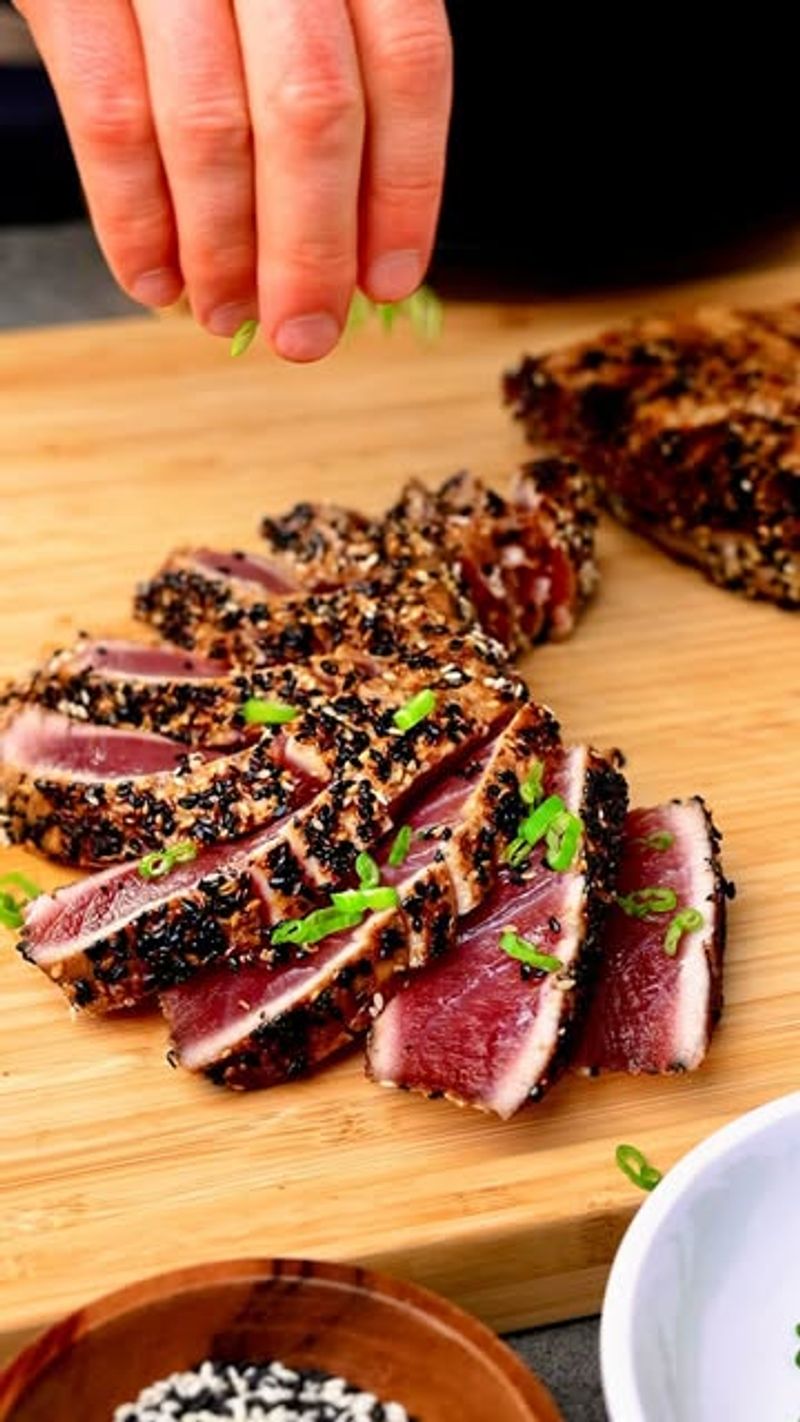
Pan-searing adds a delicious, crispy crust to meats and fish, enhancing their flavors. By cooking over high heat, you create a caramelized exterior while keeping the inside moist and tender. This technique is perfect for adding texture and depth to inexpensive cuts. Simply season your protein, heat a little oil in a skillet, and cook until golden brown. The result is a restaurant-quality dish that’s both simple and satisfying. Pan-searing is a versatile method that can be used for various proteins, making it a great way to enhance your everyday cooking.
